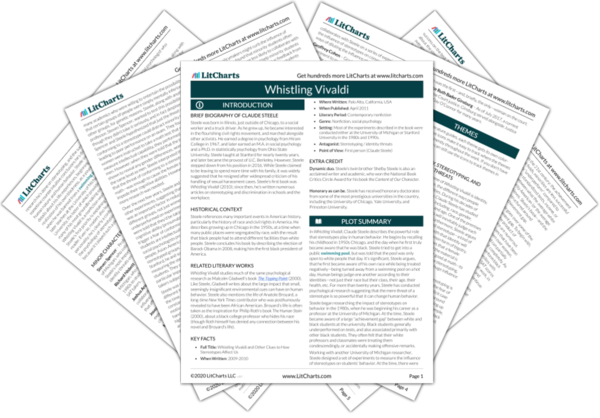Croizet’s research illustrates some strengths and weaknesses of behavioral psychology. Psychological experimenters have no way of understanding exactly what their test subjects are thinking, so they have to devise ways of approximating their subjects’ thoughts. In this case, for example, Croizet was able to get a rough sense his subjects’ level of concentration by measuring their heart rate. Croizet’s findings support the notion that stereotype threats interfere with a subject’s ability to concentrate fully on completing an exam. This again helps explain the achievement gap between white students and students from minority groups—the latter group has to contend with more stereotype threats distracting them.


